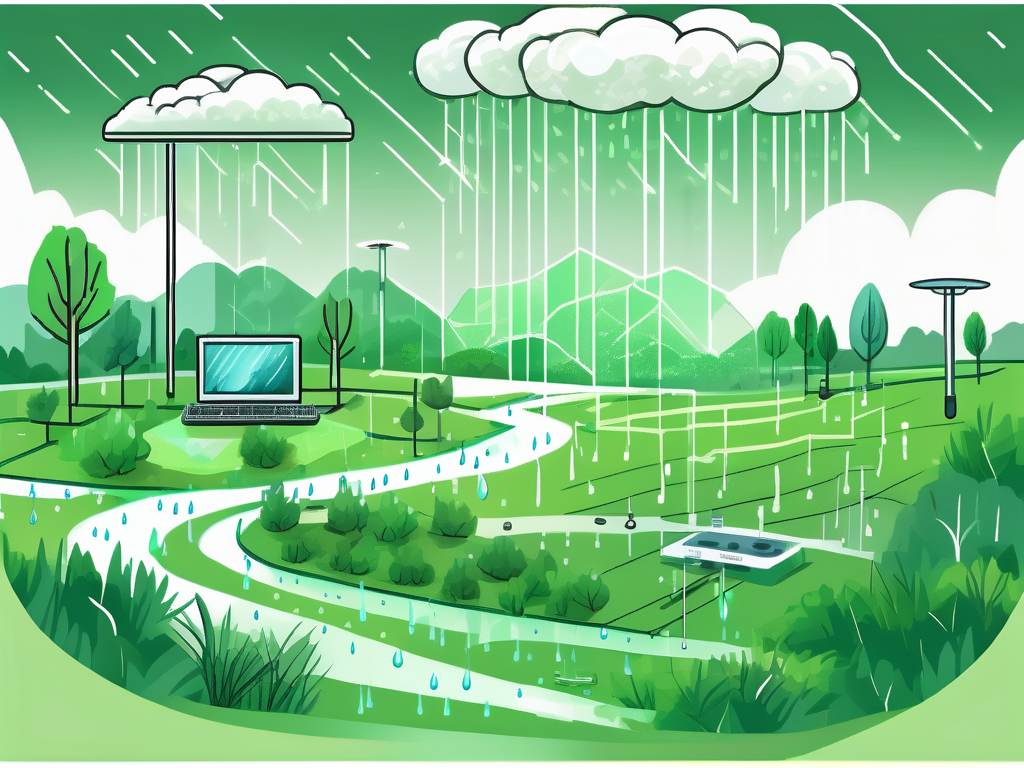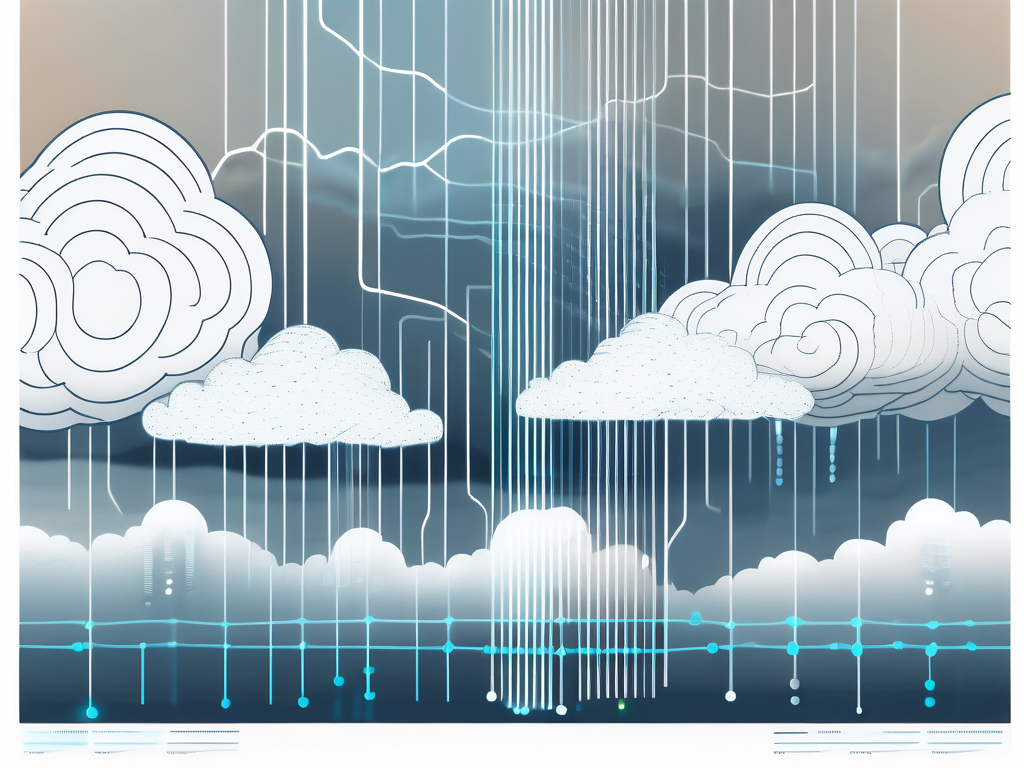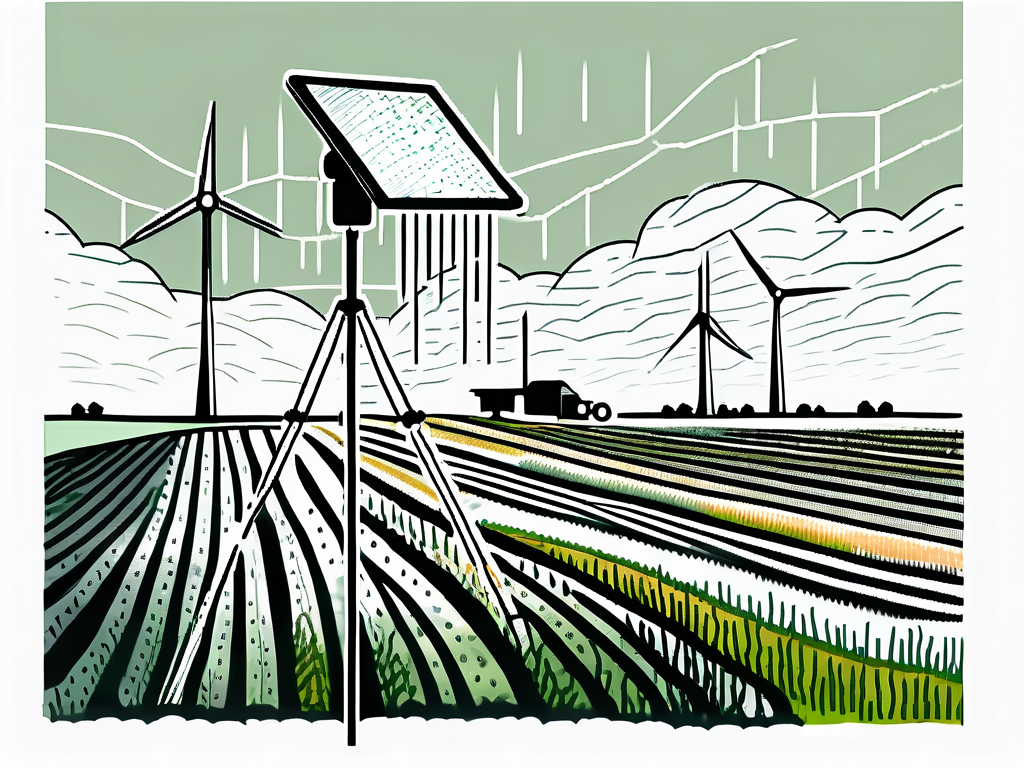
Harnessing Rainfall Insights Through Remote Monitoring
In the ever-evolving world of technology, remote monitoring has emerged as a game-changer in various sectors. One such sector that has greatly benefited from this innovation is agriculture, particularly in optimizing rainfall. This article delves into the intricacies of how remote monitoring can be utilized to optimize rainfall, ensuring sustainable agriculture and food security.
The Science Behind Rainfall Optimization
Before delving into the application of remote monitoring in rainfall optimization, it's crucial to understand the science behind it. Rainfall optimization, in essence, is the process of maximizing the benefits of rainfall for agricultural purposes. This involves understanding the patterns of rainfall, the amount of rainfall required for different crops, and how to manage the water effectively.

Traditionally, rainfall optimization was a game of guesswork, relying on rudimentary methods and farmers' intuition. However, with the advent of technology, this process has become more precise and data-driven. Remote monitoring plays a pivotal role in this transformation, providing real-time data and insights that enable farmers to make informed decisions.
The Role of Remote Monitoring in Rainfall Optimization
Remote monitoring, in the context of rainfall optimization, involves the use of sensors and devices to collect data about various aspects of the environment. This data can include rainfall levels, soil moisture, temperature, and other relevant factors. The collected data is then transmitted to a central system where it is analyzed and used to make decisions about irrigation and other farming practices.
One of the key benefits of remote monitoring is its ability to provide real-time data. This means that farmers can react quickly to changes in weather conditions, adjusting their irrigation practices accordingly. This not only ensures optimal use of water but also helps to prevent crop damage due to over or under watering.
Types of Remote Monitoring Systems
There are various types of remote monitoring systems available for rainfall optimization. These include weather stations, soil moisture sensors, and satellite imagery systems. Each of these systems has its own advantages and is used for different purposes.
Weather stations are used to monitor atmospheric conditions such as rainfall, temperature, humidity, and wind speed. Soil moisture sensors, on the other hand, are used to measure the amount of water in the soil. This data is crucial in determining when to irrigate and how much water to use. Satellite imagery systems provide a broader view of the farm, showing patterns in rainfall and soil moisture over a large area.
Choosing the Right Remote Monitoring System
Choosing the right remote monitoring system for rainfall optimization depends on a number of factors. These include the size of the farm, the type of crops being grown, the local climate, and the farmer's budget.
For small farms, a simple weather station may be sufficient. However, for larger farms or farms in areas with variable weather conditions, a more sophisticated system may be required. This could include a combination of weather stations, soil moisture sensors, and satellite imagery systems.
Implementing Remote Monitoring for Rainfall Optimization
Implementing remote monitoring for rainfall optimization involves a number of steps. The first step is to choose the right system, as discussed above. Once the system has been chosen, it needs to be installed and set up. This involves placing the sensors in the appropriate locations, setting up the central system, and ensuring that the data is being transmitted correctly.

Once the system is up and running, the next step is to start using the data. This involves analyzing the data, making decisions based on the data, and adjusting farming practices accordingly. It's important to note that the data should be used in conjunction with other information, such as local weather forecasts and knowledge of the crops being grown.
Challenges and Solutions
While remote monitoring offers many benefits, it's not without its challenges. One of the main challenges is the cost of the systems. However, the return on investment can be significant, as the systems can lead to increased crop yields and reduced water usage.
Another challenge is the technical knowledge required to set up and use the systems. However, many companies offer training and support to help farmers get the most out of their systems. In addition, there are many resources available online to help farmers learn about remote monitoring and rainfall optimization.
The Future of Rainfall Optimization
The future of rainfall optimization looks promising, with advancements in technology leading to more accurate and efficient remote monitoring systems. These advancements include improvements in sensor technology, data analysis algorithms, and communication systems.
As these technologies continue to evolve, we can expect to see even greater benefits from remote monitoring in rainfall optimization. This includes increased crop yields, reduced water usage, and more sustainable farming practices. In a world where water resources are becoming increasingly scarce, these benefits are more important than ever.
So, whether you're a farmer looking to optimize your irrigation practices, or a technology enthusiast interested in the latest advancements in remote monitoring, the future of rainfall optimization is a topic worth keeping an eye on.
